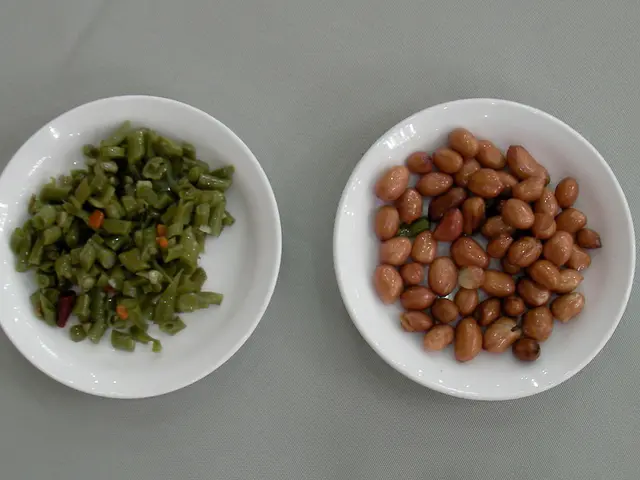Caffeine supplement market significantly grows to reach a value of USD 907.0 million by the year 2034.
The caffeine supplements market is experiencing significant growth, with key trends and projections revealing a shift towards innovative, convenient formats and additional functional benefits.
In 2024, the market was valued at USD 521.0 million, and it is expected to reach USD 907.0 million by 2034, growing at a CAGR of 5.7%.
Regional Insights
India is a key growth region, exhibiting a 6.0% CAGR in products like caffeine mints through 2035.
Asia-Pacific shows rapid growth, particularly in urban areas, with a projected CAGR of 5.31% from 2024 to 2032, driven by rising disposable incomes and increasing interest in fitness and wellness.
North America leads the market, with Europe following closely, both regions driving growth due to the expanding e-commerce platforms, growing adoption of dietary supplements, and a preference for controlled and health-conscious supplement consumption.
Form and Application
Capsules and tablets dominate the market, capturing a 51.4% share, while ready-to-drink beverages, particularly for functional coffee and caffeinated drinks, have large market shares. Emerging form factors include functional coffees enhanced with adaptogenic and cognitive-support ingredients.
Applications include consumption by professionals, students, and travelers who prefer convenient, discreet forms like caffeine mints for quick energy boosts. The functional coffee market targets consumers seeking energy, immunity, and cognitive health benefits beyond caffeine alone.
End-Users and Distribution Channels
End-users vary by product type and region but generally include busy professionals and students, coffee consumers in households and hospitality sectors, and health-conscious individuals.
Hypermarkets and supermarkets lead as the top distribution channels, while convenience stores and online retail support on-the-go consumption and impulse buying, especially for innovative formats like sprays and single-serve beverages.
Key Players and Strategies
Key players in the market include CSPC Pharmaceutical Group, BASF SE, Taj Pharma Group, and Jilin Province Synthetic Pharmaceutical. These businesses prioritize innovation in product formulations, focusing on natural and organic ingredients, expanding e-commerce presence, targeted marketing campaigns for men, expanding distribution through hypermarkets and supermarkets, collaborating with fitness influencers and wellness platforms, investing in sustainable sourcing and eco-friendly packaging, and competitive pricing and promotions in emerging markets.
The growth of the caffeine supplements market significantly impacts the global economy by creating jobs, boosting digital economies, driving investment in research and development, and stimulating local economies in emerging markets.
Sources: [1][2][3][5]
- The health-and-wellness industry, fueled by growing trends towards innovative supplement formats and additional functional benefits, is projected to have a positive impact on finance, particularly in the caffeine supplements market.
- The caffeine supplements industry's expansion, driven by regions like India and Asia-Pacific, creates employment opportunities and contributes to the development of e-commerce platforms in these areas.
- In the retail sector, the preference for convenient, discreet caffeine supplement formats like caffeine mints has led to an increased focus on these products in both brick-and-mortar stores like hypermarkets and supermarkets, and online retail platforms.







